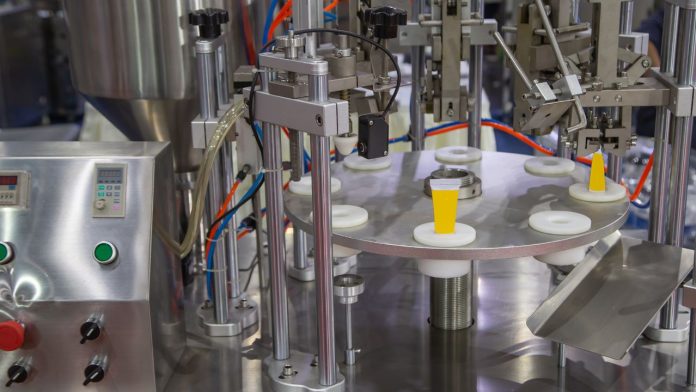Selecting the right filling machine is essential for ensuring the efficiency and quality of your production process.
Whether you are in the food and beverage, pharmaceutical, cosmetics, or any other industry, the right filling machine can significantly impact your business’s success.
Here’s a simple guide to help you choose the best filling machine for your needs.
1. Identify Your Product Type
The first step in choosing a filling machine is to understand the type of product you will be filling. Different products require different types of machines. For example, liquid products like juices or oils need liquid fillers, while powders such as flour or spices require powder filling machines. Knowing your product type helps narrow down the options to machines that can handle your specific needs.
2. Consider the Viscosity
Viscosity refers to how thick or thin your product is. High-viscosity products like syrups or creams need machines that can handle thicker liquids, whereas low-viscosity products like water or juice require machines designed for thinner liquids. Choosing a machine that matches your product’s viscosity ensures smooth and accurate filling without spills or wastage.
3. Determine Production Volume
Assess your production volume to decide whether you need a manual, semi-automatic, or fully automatic filling machine. Manual machines are suitable for small-scale operations, while semi-automatic and fully automatic machines are better for high-volume production. Higher production volumes typically require faster and more efficient machines to keep up with demand.
4. Evaluate Container Size and Shape
The size and shape of your containers play a crucial role in selecting the right filling machine. Ensure the machine you choose can accommodate the specific dimensions and designs of your containers. Some machines are versatile and can handle multiple container sizes, while others are specialized for a particular type.
5. Budget Considerations
Your budget is an important factor when choosing a filling machine. Prices can vary widely based on the machine’s features, capacity, and brand. It’s essential to balance cost with quality and functionality. Investing in a higher-quality machine might cost more upfront but can save money in the long run through increased efficiency and lower maintenance costs.
6. Ease of Use and Maintenance
Choose a filling machine that is user-friendly and easy to operate. Machines with intuitive controls and clear instructions can reduce training time and minimize errors. Additionally, consider the maintenance requirements of the machine. Machines that are easy to clean and maintain will help prevent downtime and extend the machine’s lifespan.
7. Accuracy and Precision
Accuracy is vital to ensure that each container is filled with the correct amount of product. Inaccurate filling can lead to overfilling or underfilling, resulting in wasted materials or dissatisfied customers. Look for machines that offer precise filling capabilities and have adjustable settings to control the fill volume accurately.
8. Flexibility and Customization
Your production needs may change over time, so it’s beneficial to choose a filling machine that offers flexibility and can be customized. Machines that allow easy adjustments for different product types, container sizes, and fill volumes can adapt to your evolving requirements without needing a complete replacement.
Conclusion
Choosing the right filling machine involves careful consideration of your product type, viscosity, production volume, container size, budget, ease of use, accuracy, and flexibility.
By evaluating these factors, you can select a machine that meets your specific needs and enhances your production efficiency.
For expert guidance and a wide range of high-quality filling machines, visit Confilling. Click here to explore our products and find the perfect filling machine for your business.











